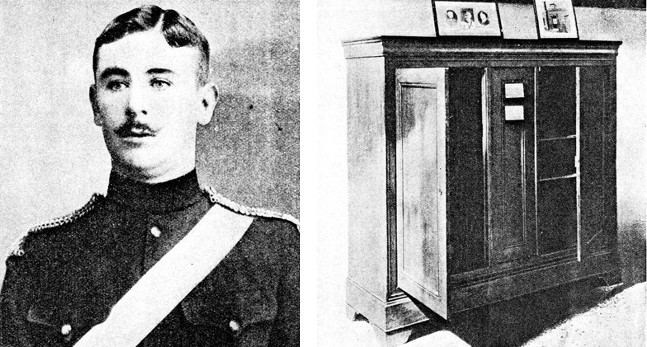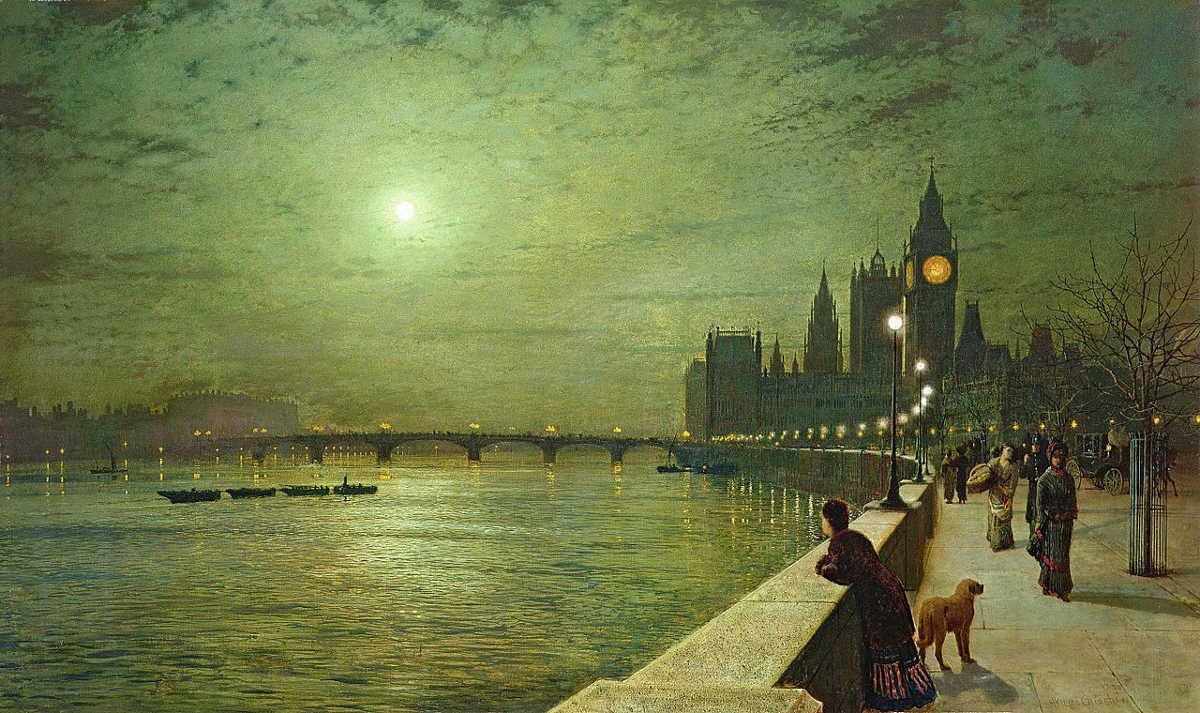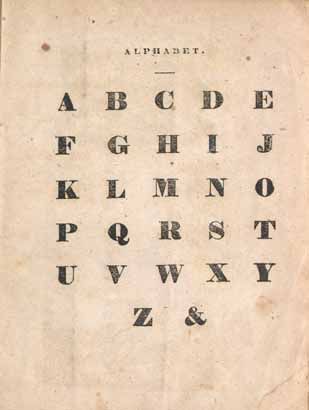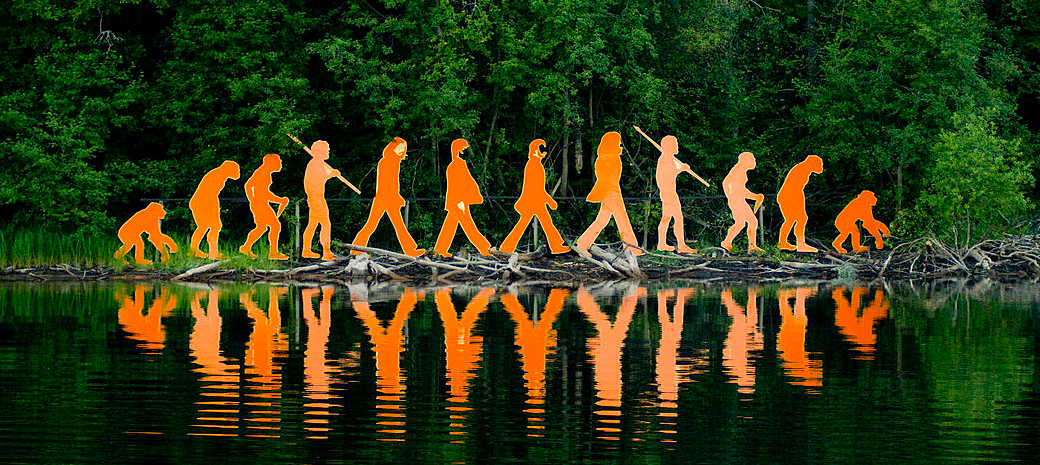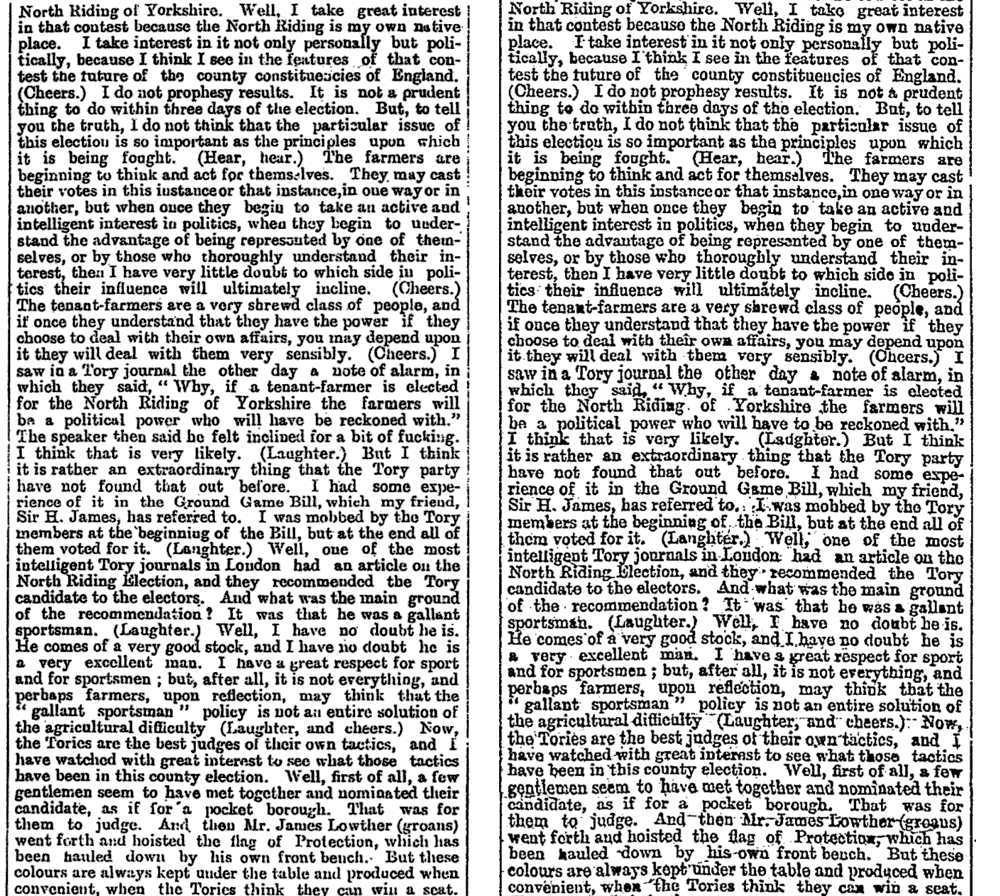Police exist, and sometimes they scrutinize other members of the constabulary. We might say Police police police. If the observed officers are already being observed by a third set of officers, then we could say Police police police police police, that is, “Police observe police [whom] police police.”
The trouble is that if you say this sentence, “Police police police police police,” to an innocent friend, she might take you to mean “Police [whom] police police … police police.” Police police police police police has one verb, police, and two noun phrases, Police and police police police, and without some guidance there’s no way to tell which noun phrase is intended to begin and which to end the sentence.
It gets worse. Suppose we add two more polices: Police police police police police police police. Now do we mean “Police [whom] police observe observe police [whom] police observe”? Or “Police observe police [whom] police whom police observe observe”? Or something else again?
In general, McGill University mathematician Joachim Lambek finds that if police is repeated 2n + 1 times (n ≥ 1), then the numbers of ways in which the sentence can be parsed is  , the (n + 1)st Catalan number.
, the (n + 1)st Catalan number.
Buffalo have their own troubles.
(J. Lambek, “Counting Ambiguous Meanings,” Mathematical Intelligencer 30:2 [March 2008], 4.)
